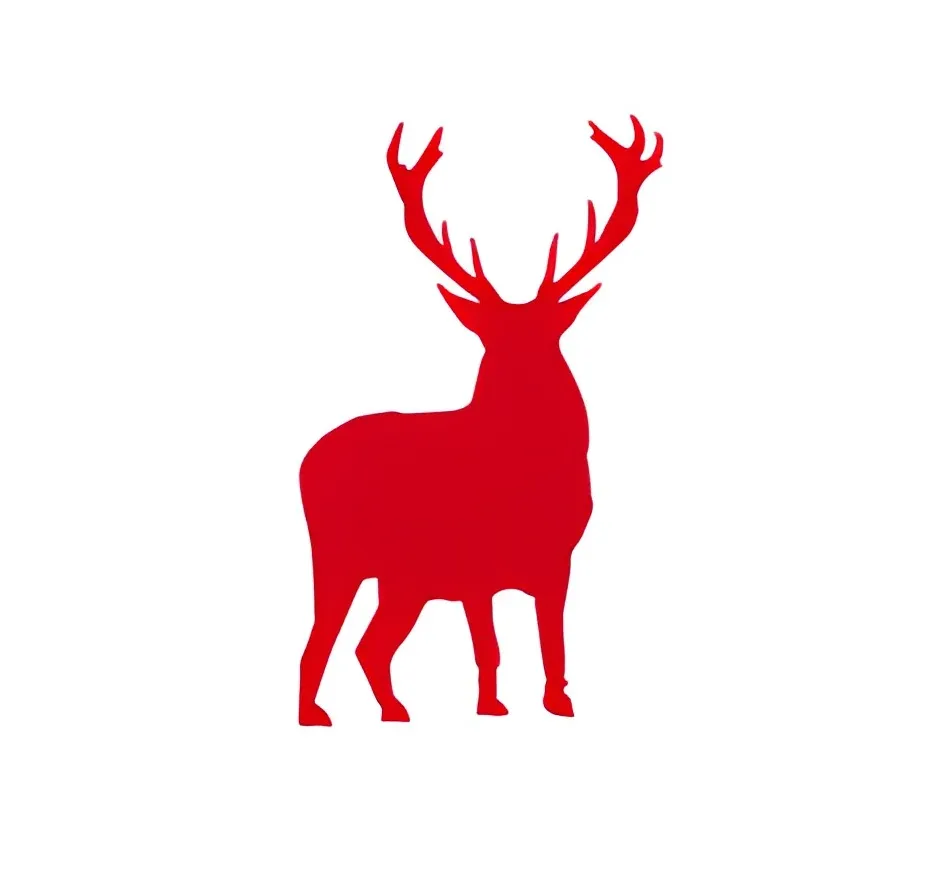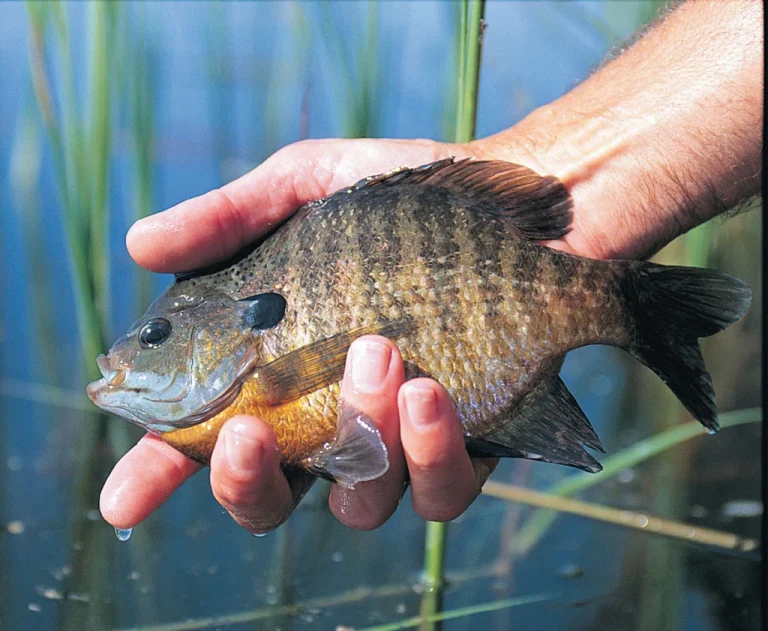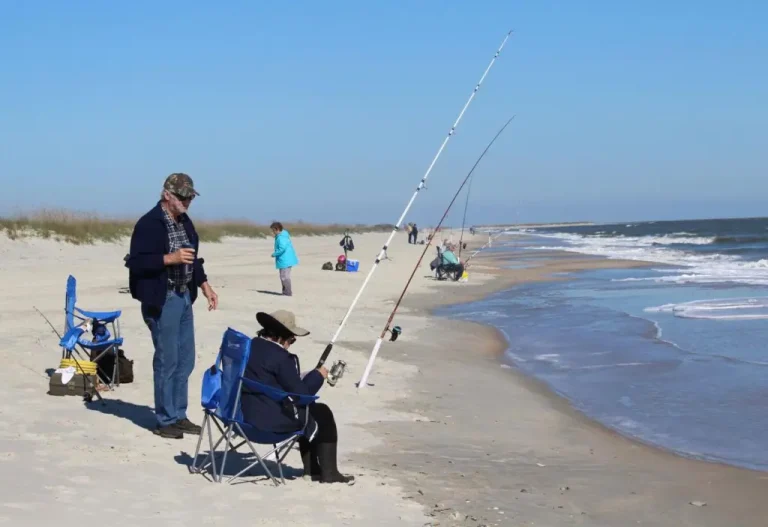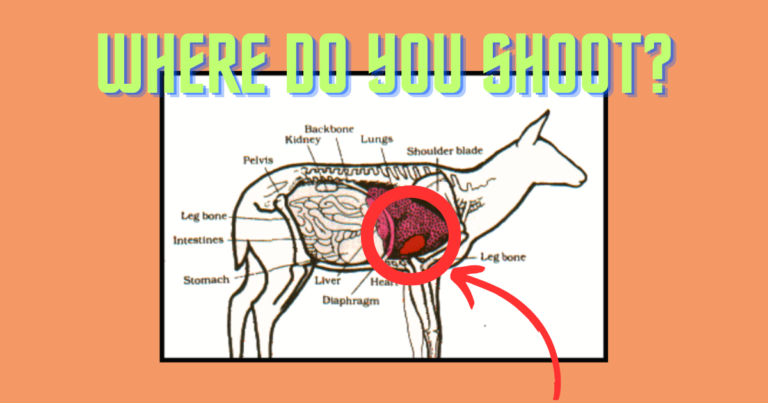9 Steps You Must Follow When Dressing a Deer
Field dressing is the process of removing organs from an animal carcass to prepare it for consumption. The removal of internal organs is a vital part of field dressing because it allows us to consume the meat without contaminating our food with bacteria and other pathogens.
There are many different types of field dressing tools that can be used in order to remove various internal organs from an animal carcass. These tools include knives, saws, forceps, and other cutting instruments. Below, we will look at the process which one needs to follow in dressing a deer from start to end.
Following the steps will be a challenge for a first timer but there’s a first for everything. Get your knives ready, it’s time for the incision! By the way, if you are looking for a very detailed guide then you can check on How to Dress a Deer webwiki!

1. Set It Up for Incision
Position the deer so that its stomach is not pressing down on the hide, and it is on its back.
2. Cut Around the Anus

Cut About 6 inches deep all the way around the anus. The connective tissues surrounding the anus will be detached by this cut, making it simpler to dress the deer. Be careful not to puncture the colon, which could taint the meat, by doing this. If you want to read a longer explanation of everything you see here, check on How to Field Dress a Deer (Step by Step).
3. Start Cutting
By pinching the skin between the rear legs, you can grab it. Make a cut in the skin that is one inch long. When you make short, shallow, and slicing cuts, the hide and skin will pull away.
Make careful cuts to separate the meat from the skin. Help separate the organs from the hide with your fingers. The cuts should be away from you and the blade should be pointed upward. I use the 2 Piece Mossy Oak Fixed Blade Hunting Knife Set which are very sharp knives but only comes with a gut hook and a skinning knife.
I recommend however that you bring a set of knives for your hunting trip that comes with a brisket spreader and a saw. I use the MossyOak Hunting Field Dressing Kit which I purchased from Amazon that is very versatile, comes with a gut-hook skinner, a bone saw, a caping knife, brisket spreader and a boning knife.
4. Cut Along the Midline
Keep cutting until you reach the ribcage. Make sure that you make a clean and straight cut so as to not damage any organs and get blood dripping on the inside. Also recommended is the 12 Piece Outdoor Edge Game Processor if you are going all out for the complete package of knives.

5. Sever the Diaphragm
To get to the organs in the chest, cut the diaphragm.
6. Cut the Windpipe
Sever the windpipe by holding it above the heart and lungs. You’ll want to use a bone saw here which you’ll find in this set of hunting knives MossyOak Hunting Field Dressing Kit that I personally use myself for all my game dressing and processing. Just check on our other article Choose the Best Knife Set for more information.
How to Field Dress a Deer
7. Internal Organ Removal
You can remove the stomach, intestines, bladder, heart, liver, and lungs by pulling them toward you because the diaphragm and windpipe have been severed. You can put these in a plastic storage bag if you want to keep them.
8. Drain the Blood
Place the deer on its side so that any excess blood can drain out. If whatever said so far is just old news to you, and you want to know what to avoid when dressing a deer, you should check out 7 Serious Field-Dressing Mistakes then.
9. Let It Cool Down
Inspect the deer and do some light cleaning to get rid of any organs or body parts that are still there. Open the cavity and place it on its back so that the meat can cool. This will stop the growth of bacteria that can harm the meat.
If you don’t process it that day, you can clean it up when you get home and add ice to keep it cooler. It is recommended that meat be stored below 40 degrees in order to prevent the growth of bacteria. You can also check on How to Field Dress a Deer—the Right Way by FieldandStream where they expound upon whatever that we have just spoken about.
How to Process
Conclusion
If you have made it this far, hope you enjoy eating the meat as deer meat is high in protein and low in fat, making it an excellent source of nutrients for us. Deer meat has been shown to have high levels of several important nutrients such as iron, phosphorus, vitamin B12, and zinc too.
If you’re going ahead to cook, roast deer is probably one of the most common ways to cook deer meat. It’s simple, quick, and delicious! To roast a deer you just need to cut it up into pieces, season it with salt and pepper, then put it on a baking sheet with some olive oil or butter and bake it. You could also check out:






